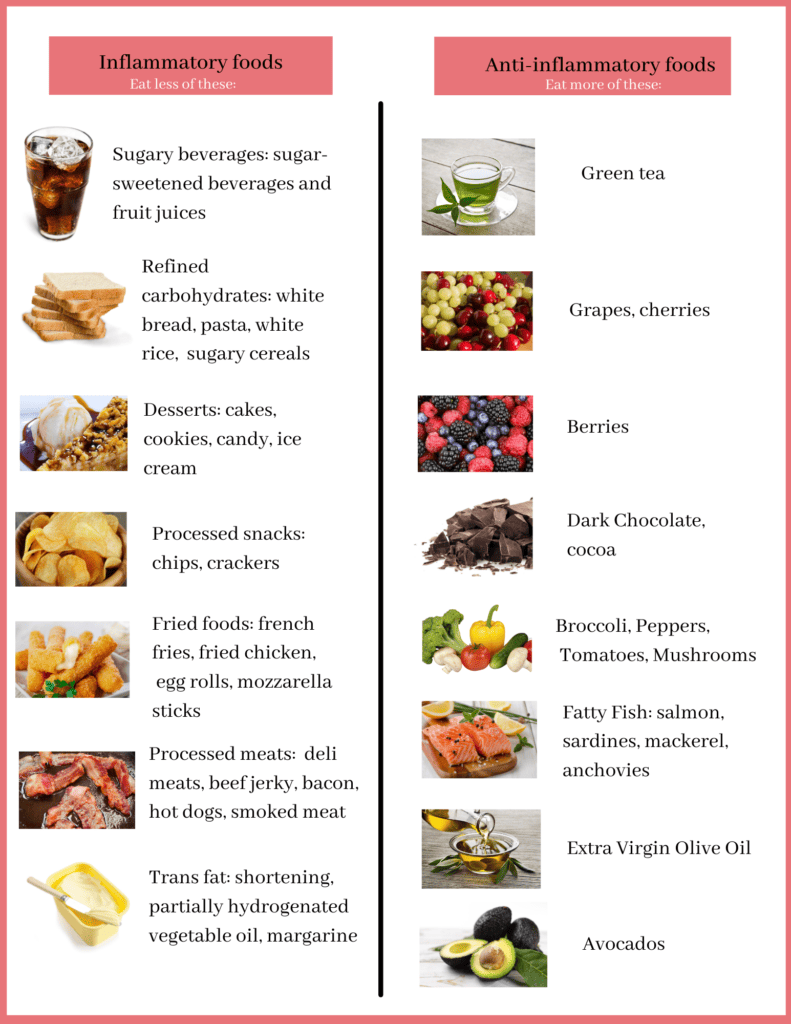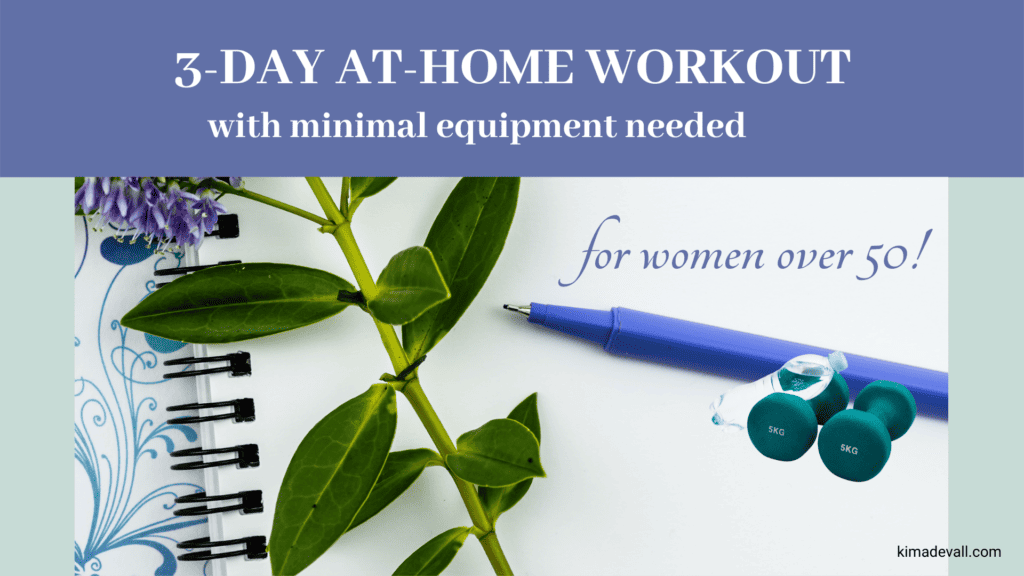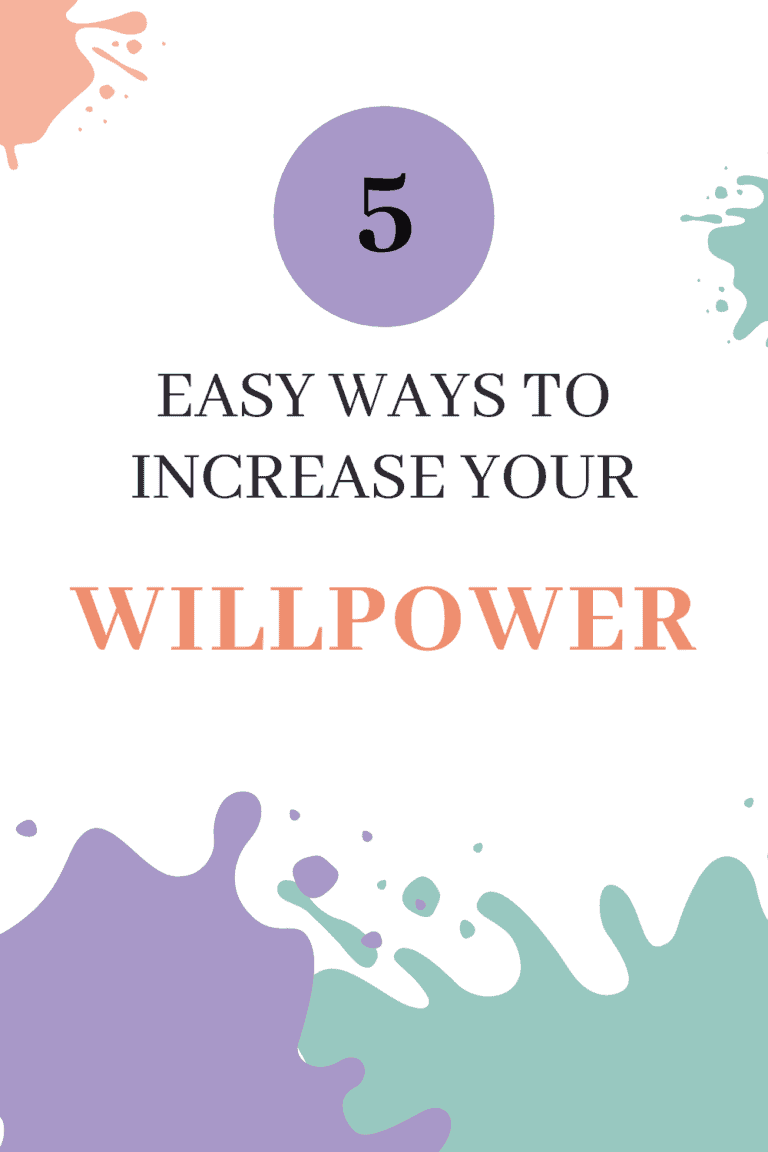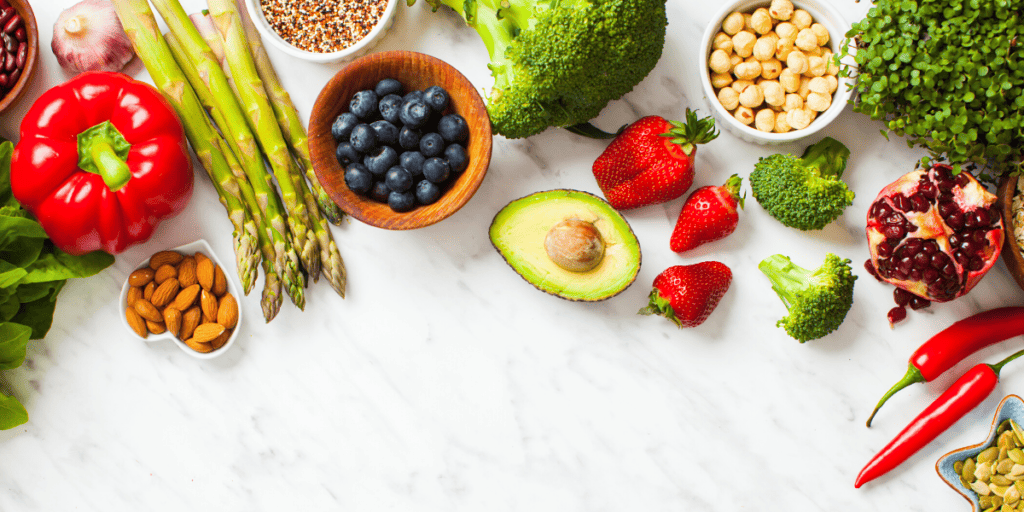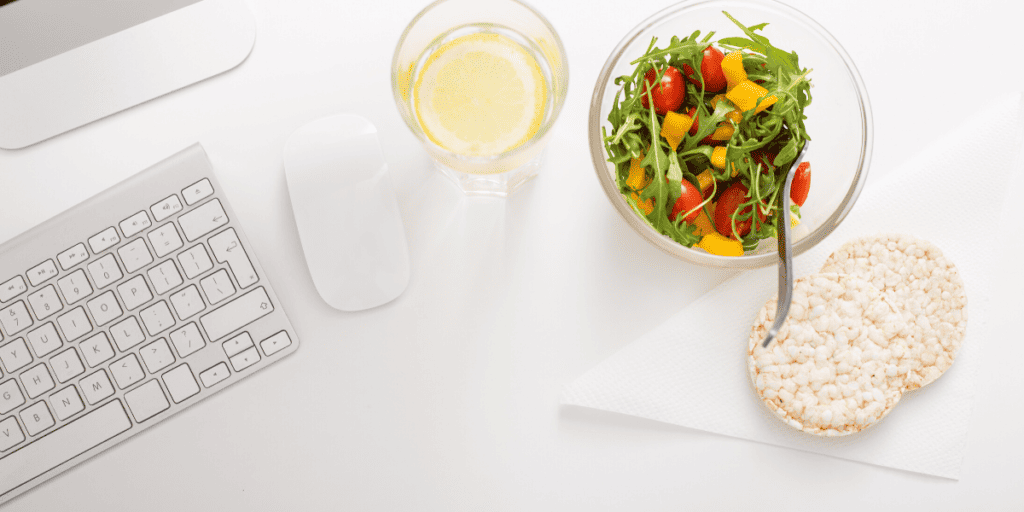- Post author:Kim Devall
- Post published:June 7, 2021
- Post comments:0 Comments
Is eating healthy at restaurants possible?
You made the commitment to eat healthy. You’ve been following your healthy nutrition plan all week. It’s Saturday night. You’re excited about an evening with friends, an amazing meal, and one you didn’t have to cook, except…

you wonder, “Is eating healthy at restaurants even possible? Will I blow all my progress in one meal?
Eating healthy at home has its own set of obstacles; however, the most challenging part of living a healthy lifestyle is eating out.
New here? Thanks for stopping by or welcome back. After you read this blog, be sure to check out some of my other articles for women over 50 who want to lose body fat, build muscle, create phenomenal bodies they love.
You could avoid eating out, but healthy eating is a lifestyle for life. Can you commit to never eating out again? I know I can’t (or, at least don’t want to). Eating out is social. It’s fun. And, let’s face it – the food tastes good!
It’s also loaded with hidden fats, sugars and salt and therefore, excess calories that probably are not part of your healthy eating plan.
With that being said, let me share with you easy and sustainable tips on how to enjoy eating out while keeping your calories in line.
1. Eating Healthy at Restaurants - Check the menu
Check the menu before you go. Most restaurants provide the nutrition for their menu online. Be sure to take a look at calories, total fat, saturated fat, sodium, sugar and protein.
It may be difficult to find the “perfect” meal that fits into your nutrition plan. Don’t stress about it. Just do the best you can. Some meals will be lower in calories, and have enough sodium for a week!
2. Choose a meal high in protein
Protein is filling and with the right cuts of meat, like sirloin, chicken and fish, they can fit well into your healthy meal plan. I would recommend 20 grams of protein at a minimum, which will be easy to do if your meal includes meat.
3. Eating Healthy at Restaurants - Watch for key words
Eating healthy at restaurants can feel a bit like detective work. Usually, the name of the food or the description will offer hints as to just how healthy or not it is.
Look for words such as “broiled”, “grilled”, or “steamed”—this means that the food is cooked with less fat. Beware of dishes with descriptions such as “alfredo”, “breaded”, “crispy”, “creamy”, “dipped”, “fried”, and rich”.
4. Add veggies for your sides
You can even ask for a double order of veggies. Grilled veggies are going to be your best option. The chef’s goal is to make these as absolutely delicious as possible and that usually means loads of butter. Those calories are going to add up quickly and your healthy veggies are no longer so healthy. Just ask if you can get them without butter.
5. Eating Healthy at Restaurants - Decide before you go
Make your decision before you get there. Once you see the food on other’s plates or smell the aroma, making a healthy choice just got ten times harder.
6. Consider skipping the extras
This may be a special occasion and you’re not holding back. That is fine. Go for it and enjoy!
If you dine out frequently, then you may want to consider skipping the extras. By that I mean, skip the appetizer, bread basket, and dessert. Have a nice entree and be done!
You’ll save hundreds and maybe even thousands of calories, literally.
Just as an example…
- A blooming onion is approx 1700 calories. Assuming you share this with 3 other friends, that’s still 425 calories.
- The bread basket is deadly (at least for me), one warm dinner roll will cost you upwards of 200 calories.
- And, then there’s dessert… If you like the warm, chocolatey brownie type desserts, this will be well over 1000 calories. Definitely, one to consider sharing at a minimum.
7. Eating Healthy at Restaurants - Order first
Once you start hearing everyone else order, you are more likely to start thinking “oh, that sounds good!” Order your healthier meal and then switch your focus to the enjoyable evening and conversation with friends.
8. Don't starve yourself
This is a big no-no. If you don’t eat all day as a way to “save” calories, you’re likely to eat even more at dinner.
You’ll be super hungry AND will likely have convinced yourself it is ok because you “saved” calories. Usually we end up eating more calories than we “saved”.
So instead of skipping meals, eat light meals during the day. Or eat something light before you head to the restaurant. You do not want to enter the restaurant super hungry. Trust me! Grab a piece of fruit, some veggies or nuts.
And, by all means, enjoy the dining experience. Eat slowly. Fast eaters tend to eat more whereas slow eaters tend to eat less and are still satisfied. Remember the 20-minute rule: It takes 20 minutes for your brain to acknowledge your stomach’s signal that it’s already full.
9. Make healthier choices
While some restaurants provide some nutritional info on the menu, most do not. There will undoubtedly be more calories in restaurant recipes than the ones you make at home. In addition to looking at the key words, noted in tip 2 above, here are some additional tips to keep your calories in check.
Eating Healthy at Restaurants - Appetizers

Personally, I recommend skipping the appetizers; however, if you are going to order appetizers choose the ones that are primarily light, satisfying and nutritious like lettuce cups, shrimp cocktail, or fresh fruits. Avoid high-calorie appetizers, especially the ones that are breaded or fried.
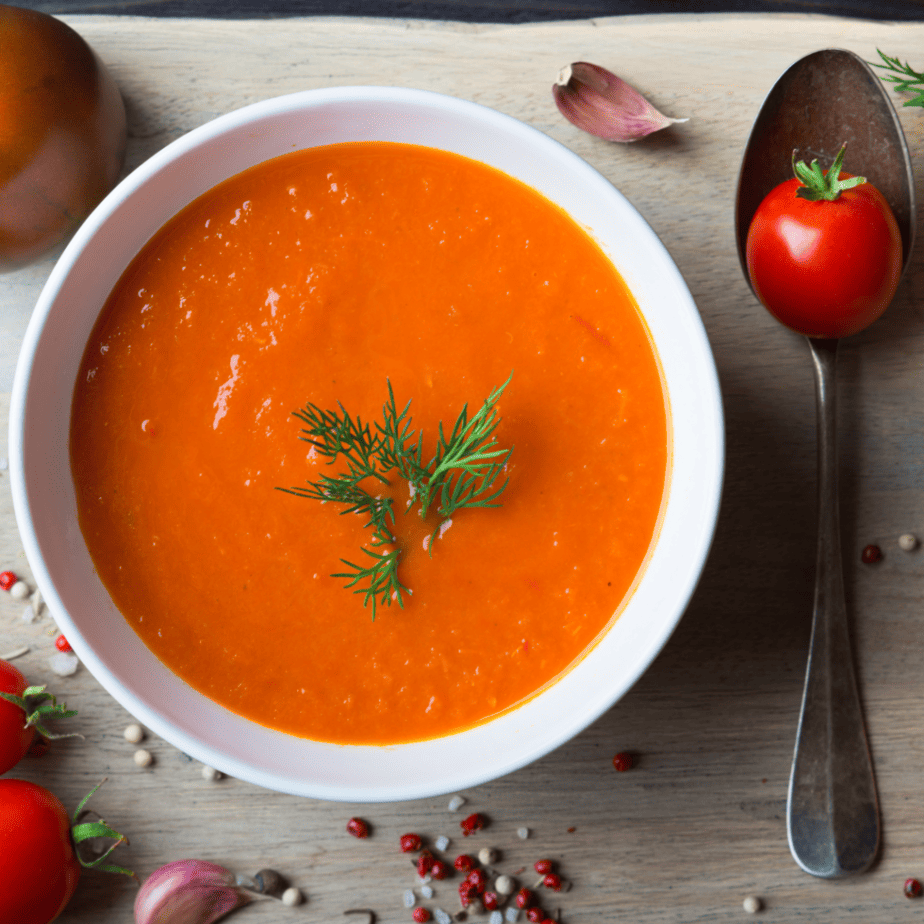
The best soups are those that are broth-based or tomato-based. This is another extra that I personally would skip.

You may ask the waitperson not to serve the bread basket. Or you may ask for a whole-grain bread, breadsticks, and crackers. Say no to muffins, garlic toast, or croissants as these are high in calories.
Eating Healthy at Restaurants - Salads and Entrees

Choose a low-fat dressing and a bowl of lettuce or spinach salad. Beware of high-caloric add-ons such as cheese and croutons as well as chef and taco salad. Remember, just because it’s called “salad” does not make it low-calorie or healthy.

Skip creamy and pasta dishes. Go back to my second tip: check the key words before ordering.
Eating Healthy at Restaurants - Desserts

Top off your meal with fresh fruit, sorbet or sherbet. Or consider sharing with your companion(s). Only order dessert after you’ve eaten your meal. Once you’ve enjoyed a delicious meal, you will likely be full and have no desire for dessert.
10. Share an entree
Restaurant meals are often enough for 2. I love the idea of sharing. You can have a higher calorie meal without feeling stuffed or like you had to sacrifice taste to eat out. On occasion, I love a great burger. Burgers usually have enough calories for my entire day’s allotment. BUT, if I share the burger with a friend, I get to enjoy my burger with absolutely NO GUILT!
As you can see, with a bit of planning, you can eat out and stick to your healthy eating plan.
Pin it now. Read it later.









